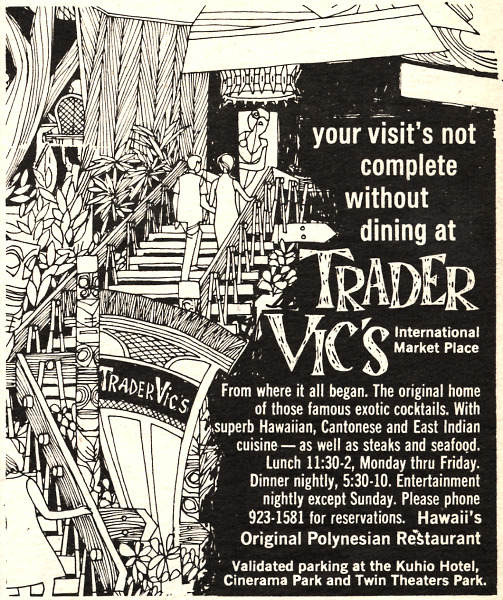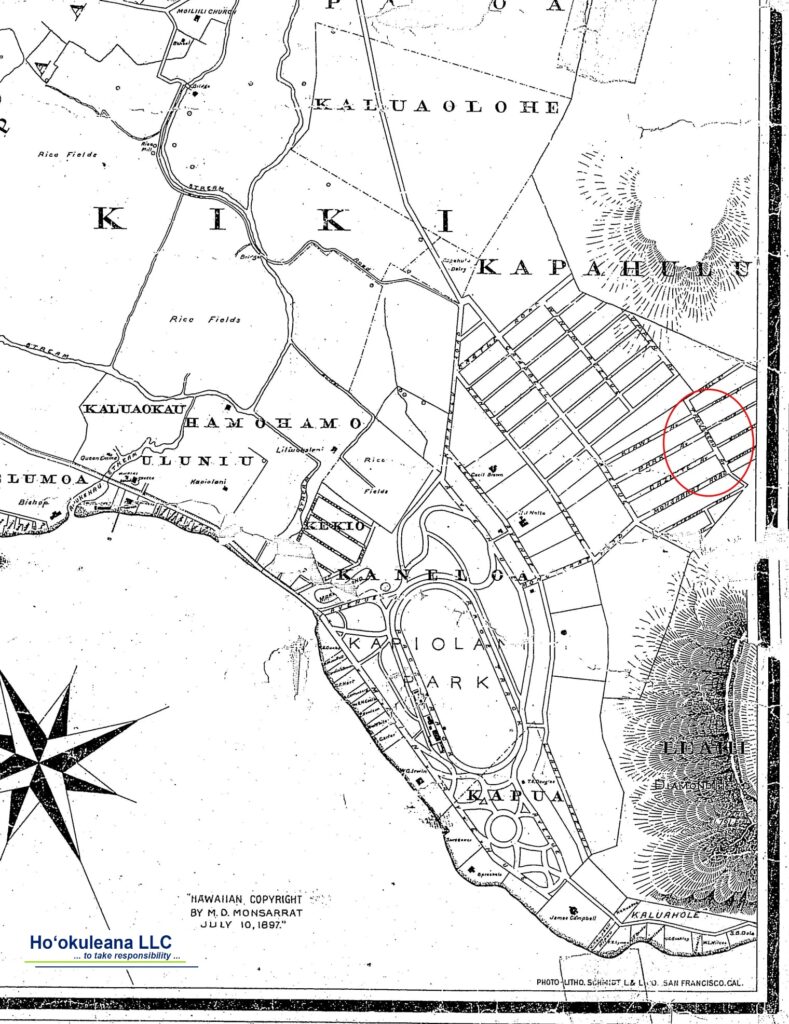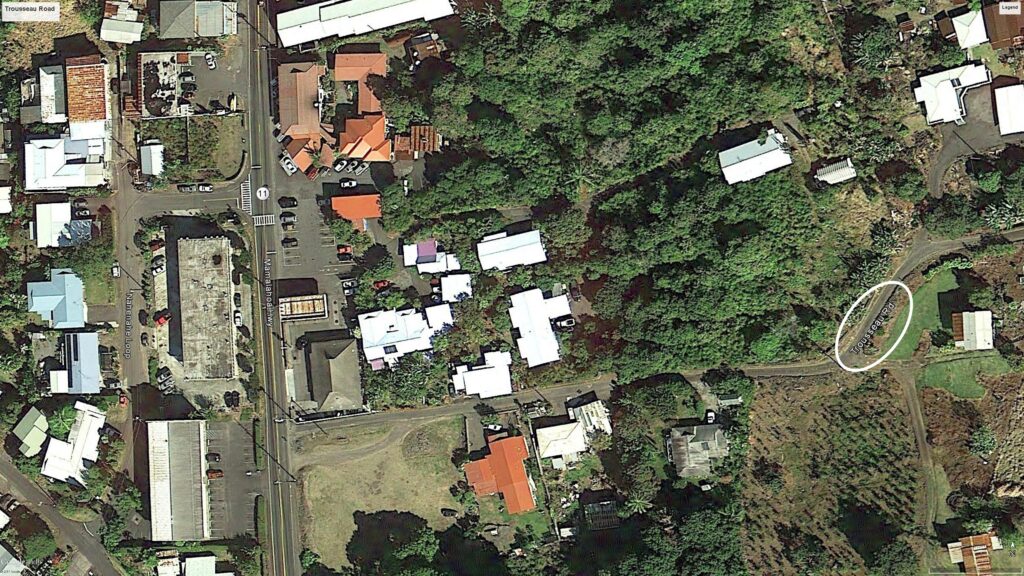In the 1860s, the Hawaiian military was made up by the Royal Guard, a unit assigned to guard the sovereign. They were also known as the Household Guard, Household Troops, Queen’s Guard, King’s Own and Queen’s Own – they guarded the king and queen and the treasury, and participated in state occasions.
Later, the Guard was quartered in ʻIolani Barracks (Halekoa.) (Built in 1871 (before ‘Iolani Palace,) the Barracks was located on a site now occupied by the State Capitol behind ʻIolani Palace across Hotel Street, formerly Palace Walk. In 1965, the coral block building was dismantled piece-by-piece and reassembled on the Palace grounds.)
The Guard was an elite group of 60-men from which the King’s body guards were drawn, with a heritage which extended far back into Hawaiʻi’s history.
In 1873, King Lunalilo became ill. The Guard mutinied – not against the King, but rather, unanimously against their drill master Captain Joseph Jajczay, a Hungarian.
While Lunalilo was convalescing and regaining temporarily part of his lost strength, he stayed at his marine residence at Waikiki. To that seaside resort went his ministers to consult with him on matters of public business; his physicians to watch the state of his health; friends, real and pretended, on simple visits of courtesy or personal advantage.
The mutiny started on Sunday, September 7. The simple origin of it is to be found in the bitter dislike of the Household Troops for their martinet drill-master, Captain Joseph Jajczay, a Hungarian, and resentment over some acts of the adjutant general, Charles H. Judd.
An attempt by the captain to enforce some disciplinary measure was resisted; he was knocked down and otherwise mishandled. The governor of O‘ahu, John O Dominis, and the adjutant general having been called, the latter was attacked and the governor was defied or was simply disregarded.
The other soldiers joined the mutineers and they united in demanding the removal of Jajczay and Judd. (Kuykendall)
While some reports suggest the mutiny was triggered because the drill-master was very strict and planned to punish some of the men for a breach of duty, other reports suggest otherwise.
No particular action was taken until Tuesday, when a court of inquiry was held, without much result, and a message from the king was read to the mutineers ordering them to return to duty at once; otherwise, to be dismissed from the service, lay down their arms, and vacate the barracks.
Some of them obeyed the order, but thirty-four remained insubordinate, saying the message was only a trick of the officers. Two companies of volunteers, the Honolulu Rifles and the Hawaiian Cavalry, some forty men in all, were called out but were given nothing to do beyond serving as a rather ineffectual guard for parts of two days.
A warrant for the arrest of the mutineers was read to them by Marshal Parke; their response was to slam the door of the barracks in his face.
Shortly after, at the request of the king, a delegation of three of the mutineers went out to see him at Waikīkī; he told them they must submit to orders and trust to his clemency.
The mutineers obeyed his order to stack arms, but they stayed in the barracks, instead of going to their homes as they were expected to do.
Major William Luther Moehonua was placed temporarily in charge of the barracks; late in the day a second delegation visited the king, who said he would put his message to them in writing.
Accordingly, on Friday morning, the King’s letter, addressed “to my subjects now assembled at the Barracks in Honolulu,” was read to the mutineers, who were referred to in the body of the letter as “my loving people”; they were ordered to relinquish possession of all government property and to depart, each by himself, to their homes.
“If you shall implicitly obey this my command, then I will be on your side, as a Father to his children, and I will protect you from injury.” After a little further dickering, the mutineers obeyed the king’s order. (Kuykendall)
One report noted, “During the reign of Lunalilo a mutiny occurred among the Household Guard which was then occupying the old stone barracks now used by the United States Army Quarter Masters Department.”
“The men mutinied over the kind of poi being issued to them as rations and defied the authority of the king to make them obey orders until new poi was given them.” (The Independent, March 13, 1902)
“Two companies of volunteers, the Honolulu Rifles and the Hawaiian Calvary, some forty men in all, were called out but were given nothing to do beyond serving as a rather ineffectual guard for parts of two days.” (Kuykendall)
Lunalilo then issued a decree disbanding the Household Troops, except the band, and the kingdom was thus left without any regular organized military force. (Kuykendall)
But Lunalilo died a year later, and the newly-elected king, Kalākaua, restored the army, and named it the Household Guard. (It was reported Kalākaua sympathized and sided with the mutineers and advised and instigated them.)
In 1893, the Provisional government disbanded the guards and used the Barracks for munitions storage. It is unclear how many soldiers made up the Hawaiian army. Some suggest the 60 Household Guards was the total strength.
Kuykendall put the Hawaiian army at 272; this is consistent with the Blount report that noted an affidavit by Nowlein, commander of the palace troops that put its strength at 272 (with an additional local police force of 224.)
The memory and legacy of the Royal Guard lives on through two venues. In 1916, the US Army’s 32nd Regiment was first organized on Oʻahu. At its activation, it was known as “The Queen’s Own” Regiment, a title bestowed by the last queen of Hawaiʻi, Liliʻuokalani.
In addition, the Royal Guard of the Hawaiʻi National Guard is an Air National Guard ceremonial unit which re-enacts the royal bodyguards of the Kingdom of Hawaiʻi.
The unit is structured in the same way as the original organization. The governing body, or “Na Koa Hoomalu Kini O Ka Moi” (King’s Body Guards), is composed of five men elected by the general membership. The five men, in turn, select the “Kapena Moku” (Commander of Troops).
The impact of the re-creation of the Royal Guard on the community was best described by Hawaiʻi’s Governor, John A. Burns when he said, “The traditions of the past are, to me, means by which we gain strength to meet the trials of the present and the future.” (ngef-org)




















































